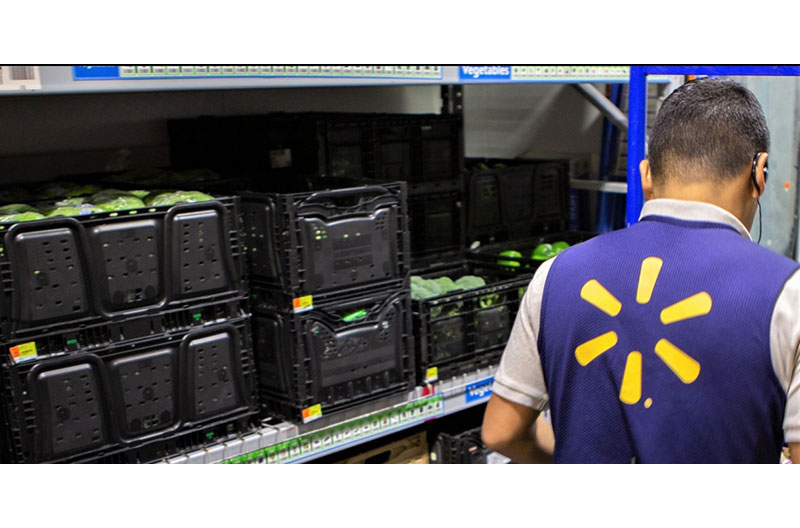As companies search for affordable and environmentally friendly shipping options, reusable transportation packaging is becoming more and more common. These multipurpose packaging methods are meant to be used several times, therefore cutting waste and lessening of total environmental effect. Determining the sustainability, durability, and usefulness of reusable transport packaging depends critically on the material chosen. The reusable plastic containers help reduce waste, offering a sustainable alternative to single-use packaging in shipping and storage. The following are the most often utilized components in reusable transport packaging:
1. Plastic—HDPE, Polyethylene, and Polypropylene
Due to its lightweight, sturdiness, and substance and dampness obstruction, plastic is among the most frequently involved materials in reusable transportation bundling. Solid, influence safe, and ready to endure threatening natural circumstances, high-thickness polyethylene (HDPE) and polypropylene (PP) are particularly looked for. These plastics are used to make a variety of products, including shelves, totes, pallets, containers, and shelves. For sectors like food and medications, plastic packaging also is perfect since it is readily cleaned and sanitized. Although plastic’s recyclability varies, its reusability much lessens the total carbon footprint than that of single-use substitutes.

2. Wood
For decades, wooden pallets and containers have been mainstay of transport packing. Wood is somewhat cheap, strong, and easy accessible. It is commonly utilized in settings where durability is crucial and for larger loads. Treated wood increases lifetime by resisting weather and pests. If improperly cared for, though, wood can splinter, absorb moisture, and is prone to bacterial development. Notwithstanding these negatives, wooden packaging is still a popular choice because of its recyclability, biodegradability, and repair and reusing capability.
3. Metal: Aluminum and steel
Mostly composed of steel and aluminum, metal packing provides great strength, which qualifies for heavy-duty uses. Industries including automotive and heavy machinery that call for strong and long-lasting packing solutions frequently use steel pallets, racks, and containers. Although lighter than steel, aluminum still offers great corrosion resistance and durability. Although metal packaging is more costly initially, many companies choose it because of its remarkably long lifetime and complete recyclability.
The material used in reusable transport packaging will rely on variables including cost, environmental impact, durability, and industry-specific needs. Whether it’s the lightweight character of plastic, the strength of metal, or the biodegradability of wood, every substance has unique benefits. The demand for reusable and environmentally friendly packaging solutions will only increase as businesses give sustainability first priority, therefore inspiring more material and design innovation. These reusable plastic containers are designed for multiple uses, making them a cost-effective choice for businesses looking to minimize environmental impact.
